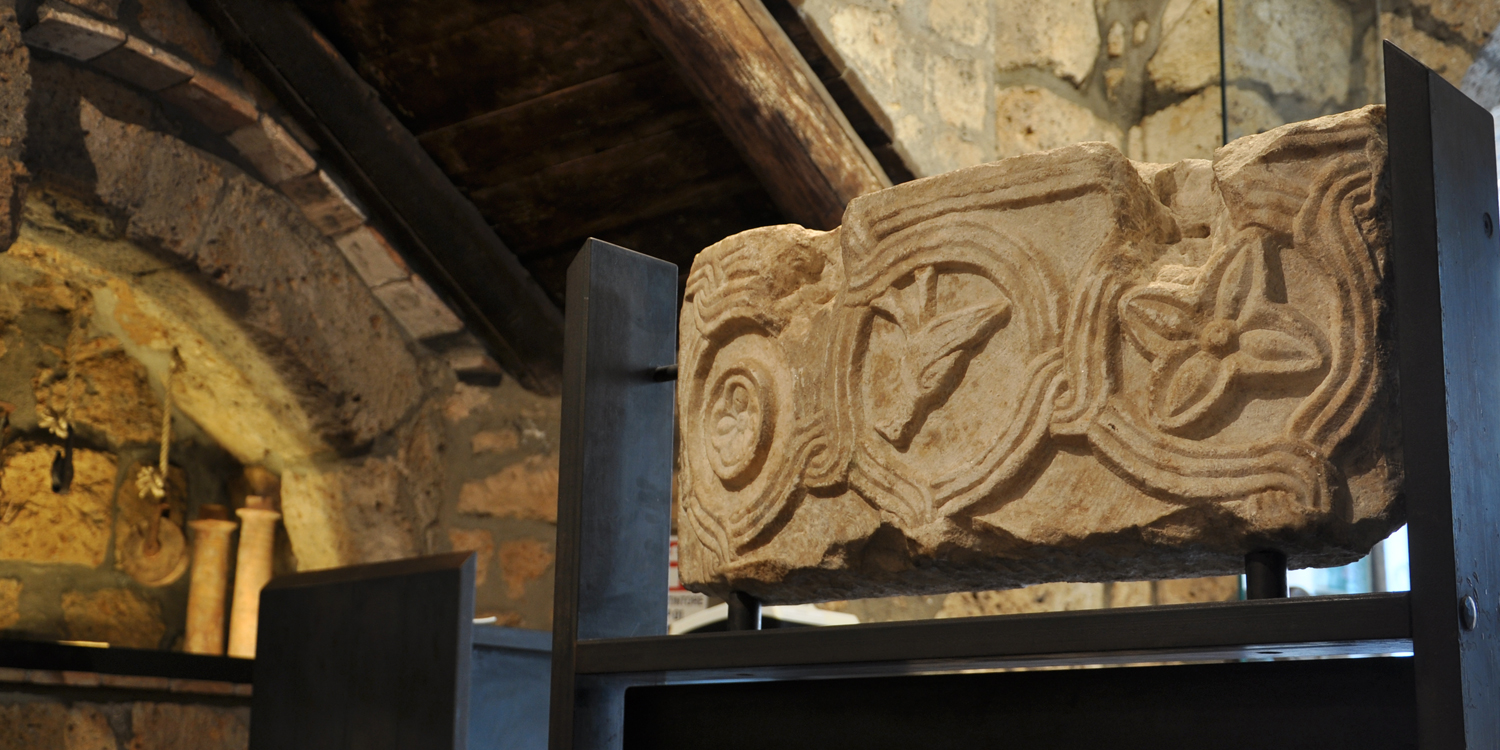The archaeological complex of Pozzo della Cava
a fascinating underground journey in the medieval district of Orvieto, through caves full of Etruscan, Medieval and Renaissance archaeological artefacts, unearthed thanks to the hard work of the family who owns it
- (A1-A2) The ceramic workshop: A medieval pottery workshop kiln (A2) with numerous majolica artefacts (A1-E) and ceramicists’ tools (E).
- (B1-D3-E1) The rubbish pits: Small medieval pits used to dispose of rubbish; they became a treasure trove of ancient artefacts
- (B2) The tomb: The classic shape of an Etruscan tomb readapted for fulling fabrics, and then later transformed in to a clay store
- (C) The Pozzo (Well) della Cava: A huge hole in the tuff excavated by Pope Clement VII between 1527 and 1530 expanding an Etruscan well; closed to the public in 1646 and rediscovered after centuries of neglect
- (D1-D2) The cellar: The underground rooms excavated during the Middle Ages to produce and preserve the famous Orvieto wines
- (D2) The cistern: An Etruscan excavation used to collect rainwater running off the roofs of nearby houses
- (E2) The muffle kiln: The remains of a small kiln used for the “third-firing” of precious renaissance lusterware
- (E3) The tuff pillar: One of the large pillars that formed the foundations of a medieval tower
- (F1) The rock necropolis: The remains of some ancient Etruscan burial tombs
- (F1-F2) The quarry: A huge cavern transformed between the eighteenth and nineteenth centuries into a tuff quarry
- (F2) “Well 2”: Another well, smaller and without water, whose use is shrouded in mystery
- (G1) The tunnel: A classic Etruscan canal cut into the tuff rock
- (G2) The tuff courtyard: An outdoor courtyard surrounded by medieval houses
The adventure of a family
a very unusual familiar-management museum
The archaeological complex of Pozzo della Cava is a rare example of a national monument that is entirely privately owned.
It was excavated and made accessible through the work of the family that owns it, without any public funding.
It was excavated and made accessible through the work of the family that owns it, without any public funding.


